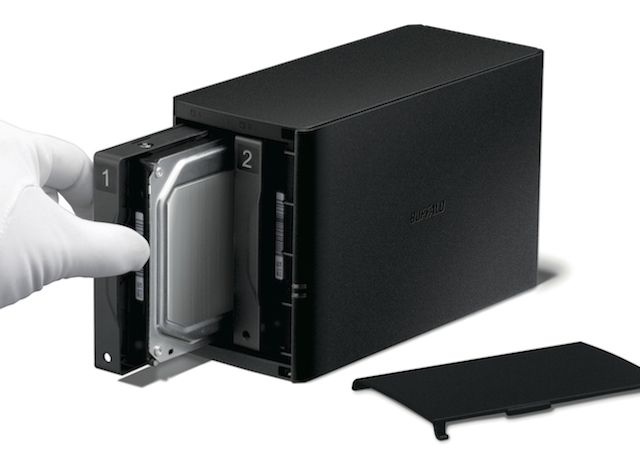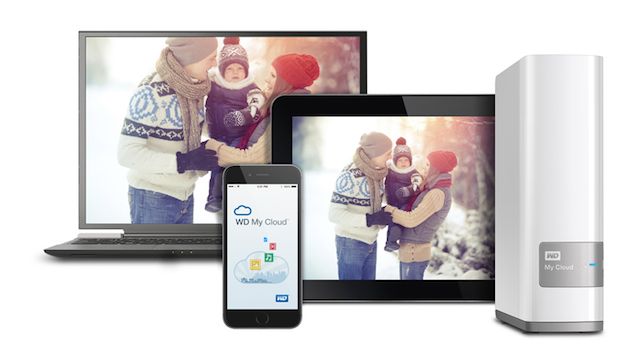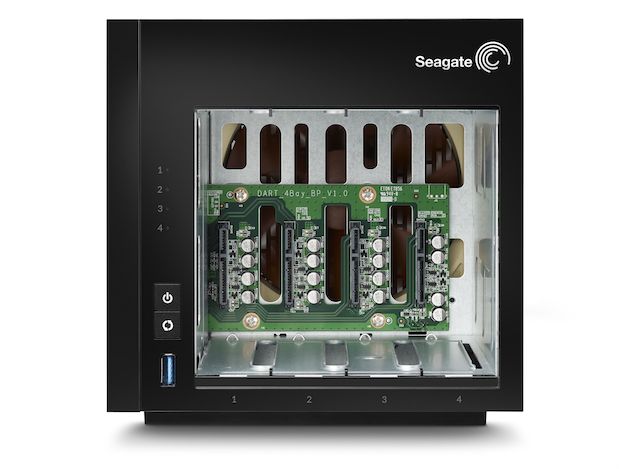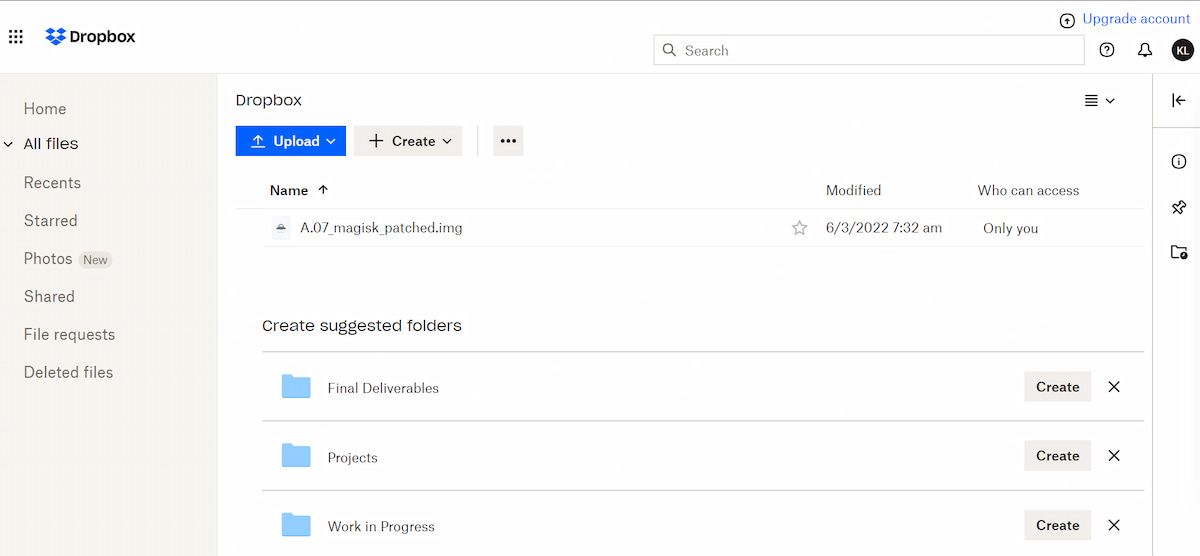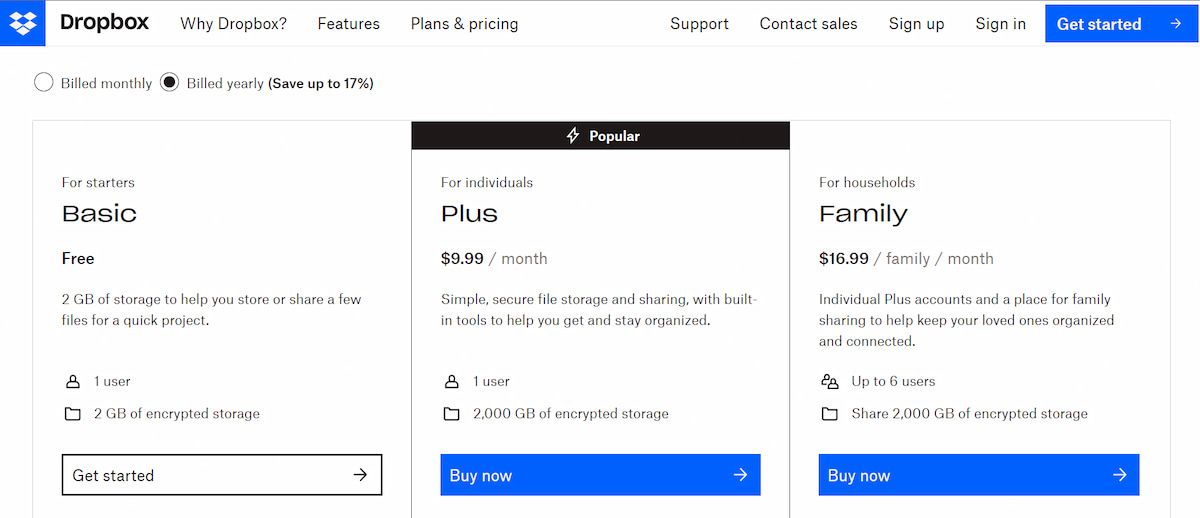The benefits of cloud storage are well known. It's an efficient and convenient way of accessing all your files on any of your computing devices.
But there's also a less well-known alternative—Network Attached Storage. But what exactly is it, and could it prompt you to drop Dropbox and ditch Google Drive? Let's take a look.
What Is Network Attached Storage?
Network Attached Storage (NAS) straddles the line between a local hard drive and cloud storage and gives you the benefits of both.
A NAS system includes a processor, memory, and space for hard drive storage connected to a local network so that it can be accessed remotely, either through connected computers or wireless devices. Thankfully, you can even access them on the go with a Dynamic DNS, say from No-IP.
It gives you the security of physically owning the data drive while also having the convenience of accessing that data from anywhere. A plus is that you can also share it with multiple users. NAS devices are perfect for small businesses. When it comes to accessing content on a lot of different devices, like a laptop, a desktop, and a tablet, a NAS is one of the best choices for you.
Note: If you're on a tight budget, you should consider some affordable cloud storage providers.
NAS Systems
Network Attached Storage systems are available in a variety of prices and complexities to accommodate users of all skill levels. For consumer and entry-level use, they tend to include a single, integrated hard drive of varying capacities.
Most big-name hard drive manufacturers have products in this category, such as the Western Digital My Cloud series, with capacities of between two and eight terabytes.
More advanced systems, which are still available at reasonable prices, will have an empty enclosure with a lot of slots where you can put your own hard drives.
Synology is regarded by many as the best name in NAS products. A mid-range system such as the DiskStation DS214 is powered by a dual-core processor and 512MB RAM for smooth performance. In addition, it includes two drive bays that can accept 3.5-inch or 2.5-inch drives up to a maximum capacity of 12TB.
NAS vs. Cloud Storage
At the consumer end of the market, Network Attached Storage is often marketed as a "personal cloud" solution, and comparisons to cloud services are valid.
With more and more cloud services offering file and image editing features, as well as media streaming, they are becoming much more than just places to store your content.
So when would you choose one over the other? Here are some of the key areas you'll need to consider.
1. Security
There are two main questions about security. The first is whether you want your data stored by a third party or whether you want to keep it in your own hands. The answer probably depends on what kind of files you'll be keeping there, but at the very least, you should always be sure to check the terms and conditions of your chosen cloud provider.
In addition, if you're not a geek, you should check out some of the recommended tips to keep your cloud storage safe and secure.
The other main security issue is how safe your data will be once it is accessible online. Services like Dropbox and Google Drive offer two-factor authentication to help make logins more secure (although you will need to remember to activate them).
Some NAS manufacturers, like Synology, provide this, but not all do. The security of a NAS system also depends on whether it is accessible over the public internet. For a true cloud-like experience, it should be, but if you want to maximize your security options, you can restrict it to just your network.
2. Ease Of Use
NAS devices are becoming more user-friendly, with consumer-oriented products requiring minimal setup and configuration, but they still cannot compete with the ease of a cloud service. Above all, the primary benefit of NAS is its ability to act as a media server, allowing you to stream or access your videos, music, and images. We've already compiled a list of some of the best NAS for your home media server.
Most major cloud services have desktop apps that make using your remote storage as seamless as using any other folder on your computer.
3. Backup And Reliability
If your NAS device has slots for more than one hard drive then you have a built-in solution for backup ready to go. Most will also work automatically with standard backup software like Time Machine on OS X computers.
This is highly convenient for most users, but it is not foolproof. It protects you against the failure of one of the drives, which can then be easily replaced but won't protect you against damage or loss of the NAS device itself, which could compromise all of the drives inside it. If your NAS device only has one drive, you will still need to find an alternative backup solution.
The cloud, by comparison, includes backups as part of the service you're paying for. Even if you move your data to the cloud on its own, the cloud company will make sure that your data won't be lost even if there's a problem with them. So long as the cloud service doesn't go down and the company doesn't go out of business, your data will be safe there.
4. Performance
Performance, or speed, is directly affected by the speed of your network and the amount of data you are using. You save files to a cloud server via the Internet, so the transfer speed can only be as fast as the upload speed of your Internet connection.
However, it may be slower still since many cloud service apps will not use the maximum bandwidth so that they don't choke your Internet connection entirely.
The initial sync, or the uploading of large files, can be something you need to do overnight, or over a series of nights.
Conversely, a NAS drive can be attached to your computer directly over Wi-Fi or a wired connection such as Ethernet on some devices. The upload speeds here will be considerably faster than uploading over the internet. However, read speeds can be potentially slower with NAS than with cloud services. If you are reading files from your NAS remotely over the Internet, then you will be restricted by the upload speed of your Internet connection.
So, in reality, this could be slower than what's offered by your cloud services, though it may still be quick enough to stream HD video.
5. Price
The final issue is price, and for heavy use, NAS wins hands down.
Most cloud services will offer a few gigabytes of storage for free, and if you're able to stay within this limit, then the cloud is the better option. But for large amounts of storage, the prices hardly compare.
A 2TB Western Digital My Cloud device costs around $299. Dropbox, on the other hand, charges $119.88 for the same amount of storage.
Amazon charges an annual fee of $118.98 for 2TB of cloud storage. However, Google Drive outperforms them all, providing 2TB of storage for just $100 per year.
Now, while those prices show that you can get a really good price on cloud storage, if you're using large amounts of storage (think, tens of terabytes), the cloud can get expensive quickly. However, if you don't feel brave enough to set up your own NAS server, you could also try one of these self-hosted Dropbox alternatives.
Choosing the Right Solution
There are clear pros and cons to using Network Attached Storage over the cloud. If you're a light user, working with small text files or JPEG images, then you might find the convenience of the cloud works perfectly for you.
The moment you move to larger files—your RAW image library, or your whole movie collection—then the price and performance benefits of NAS become clear.


